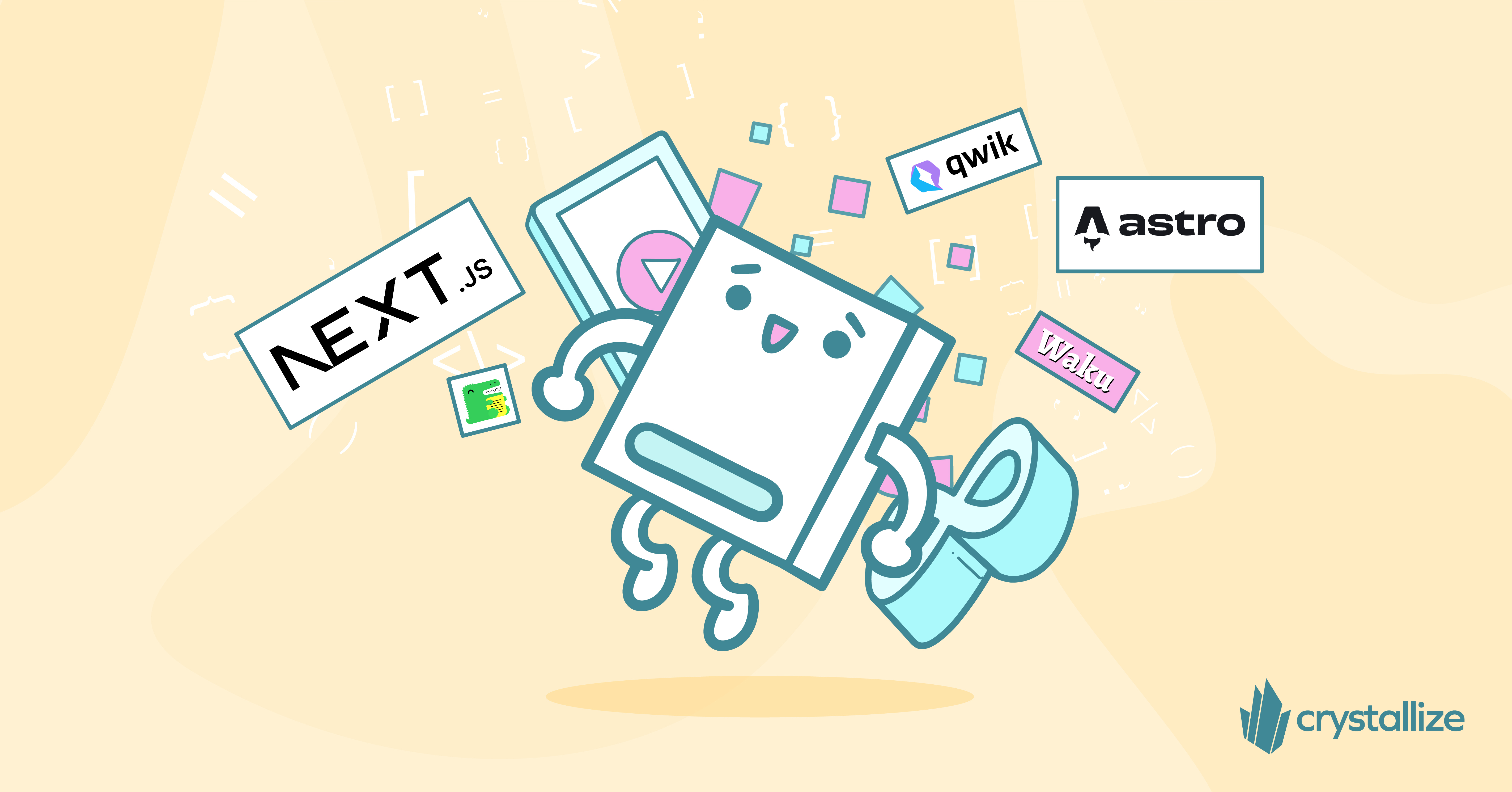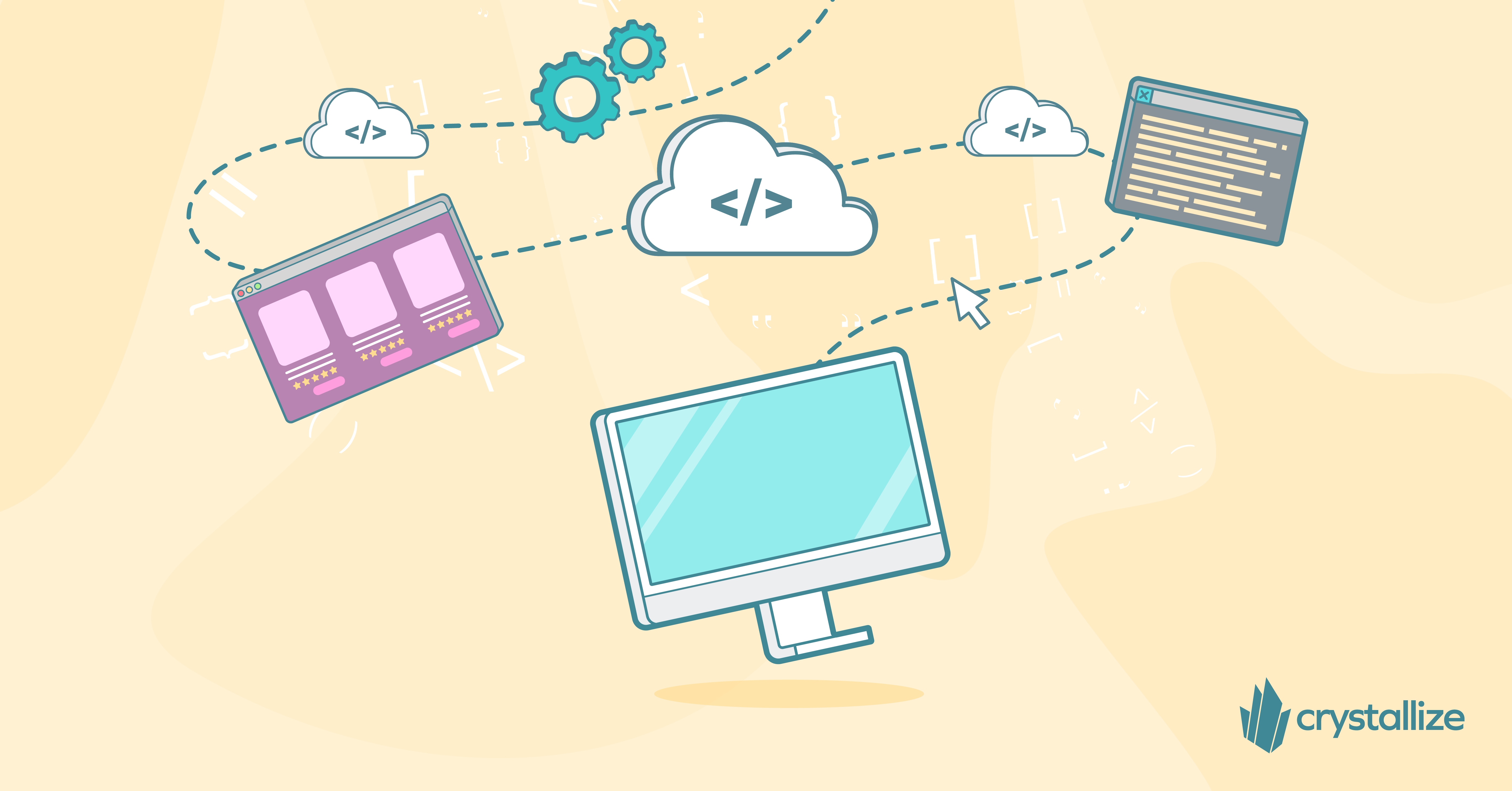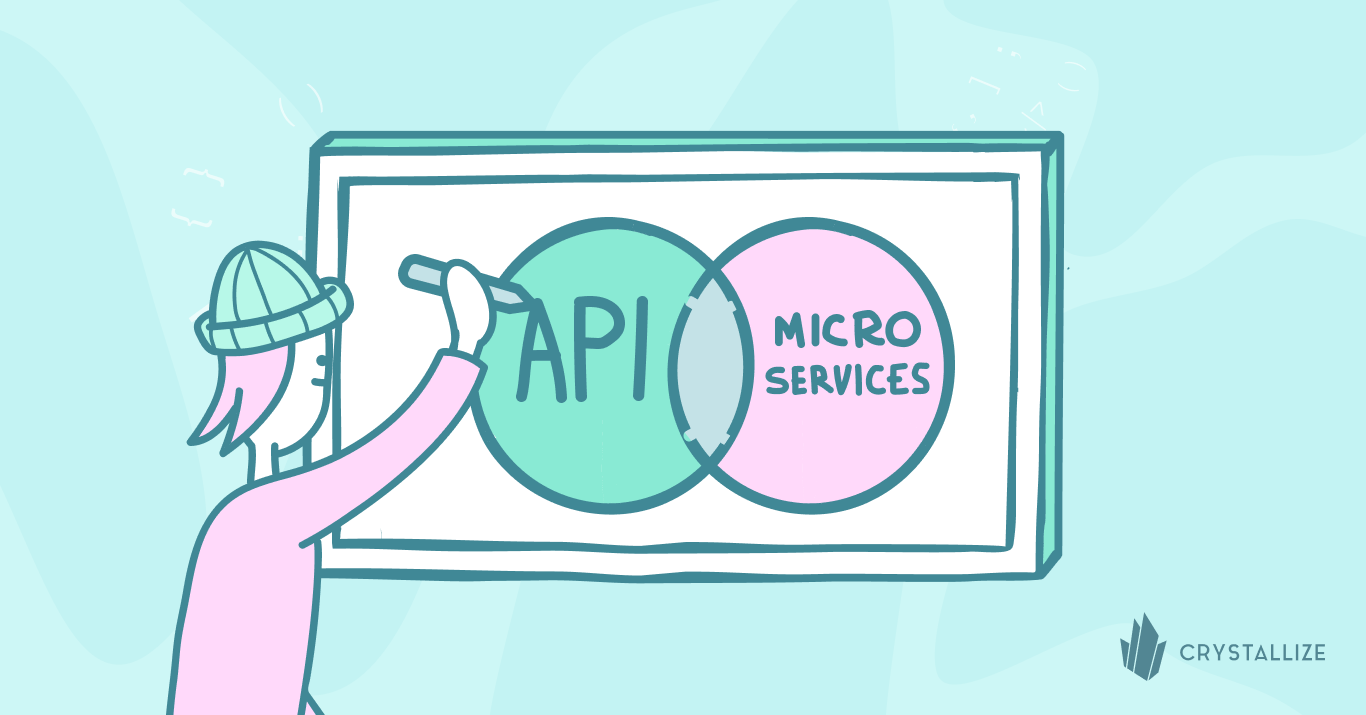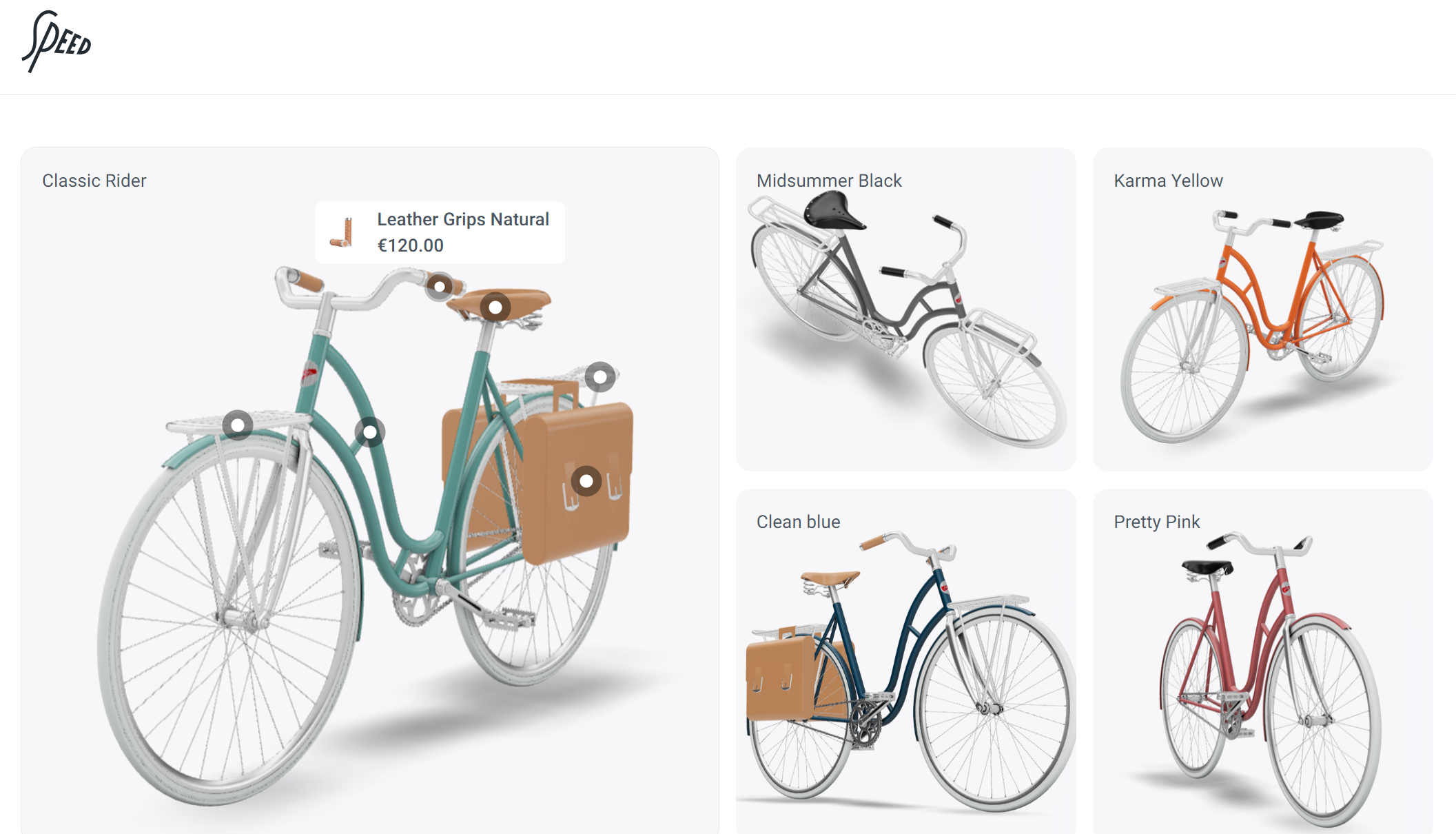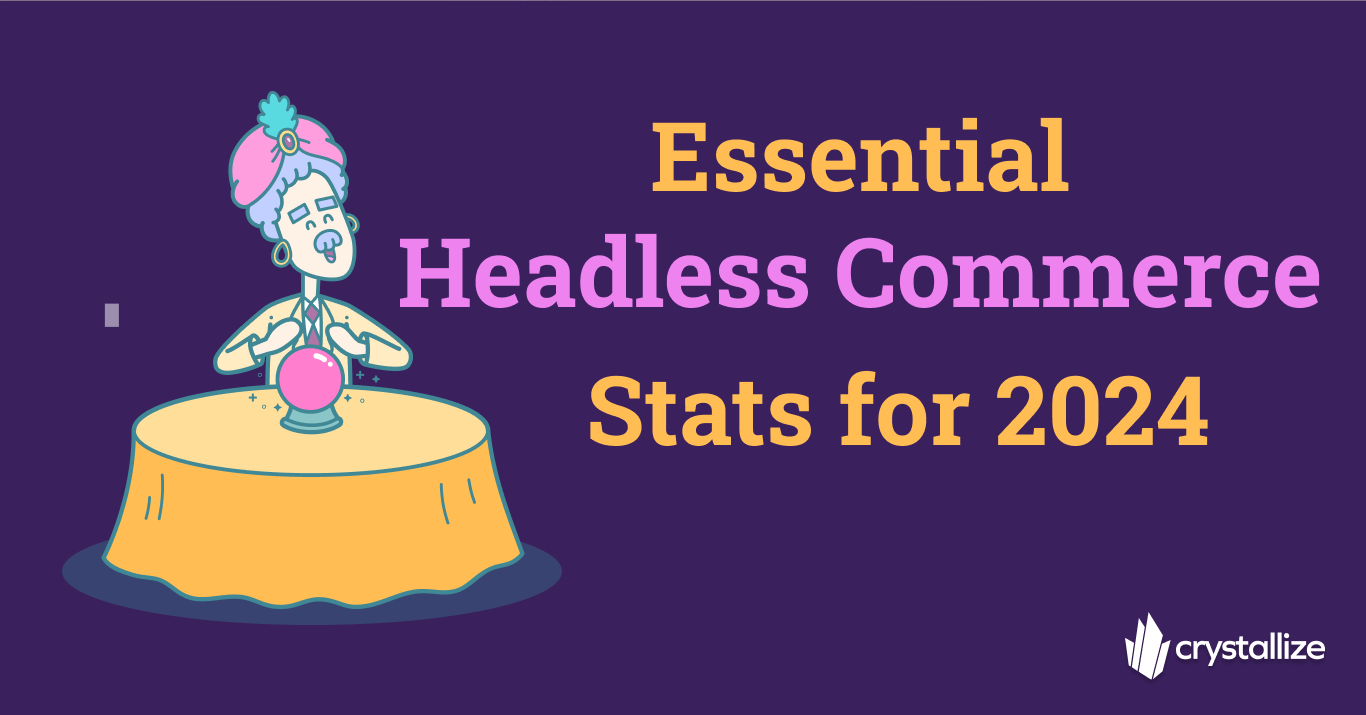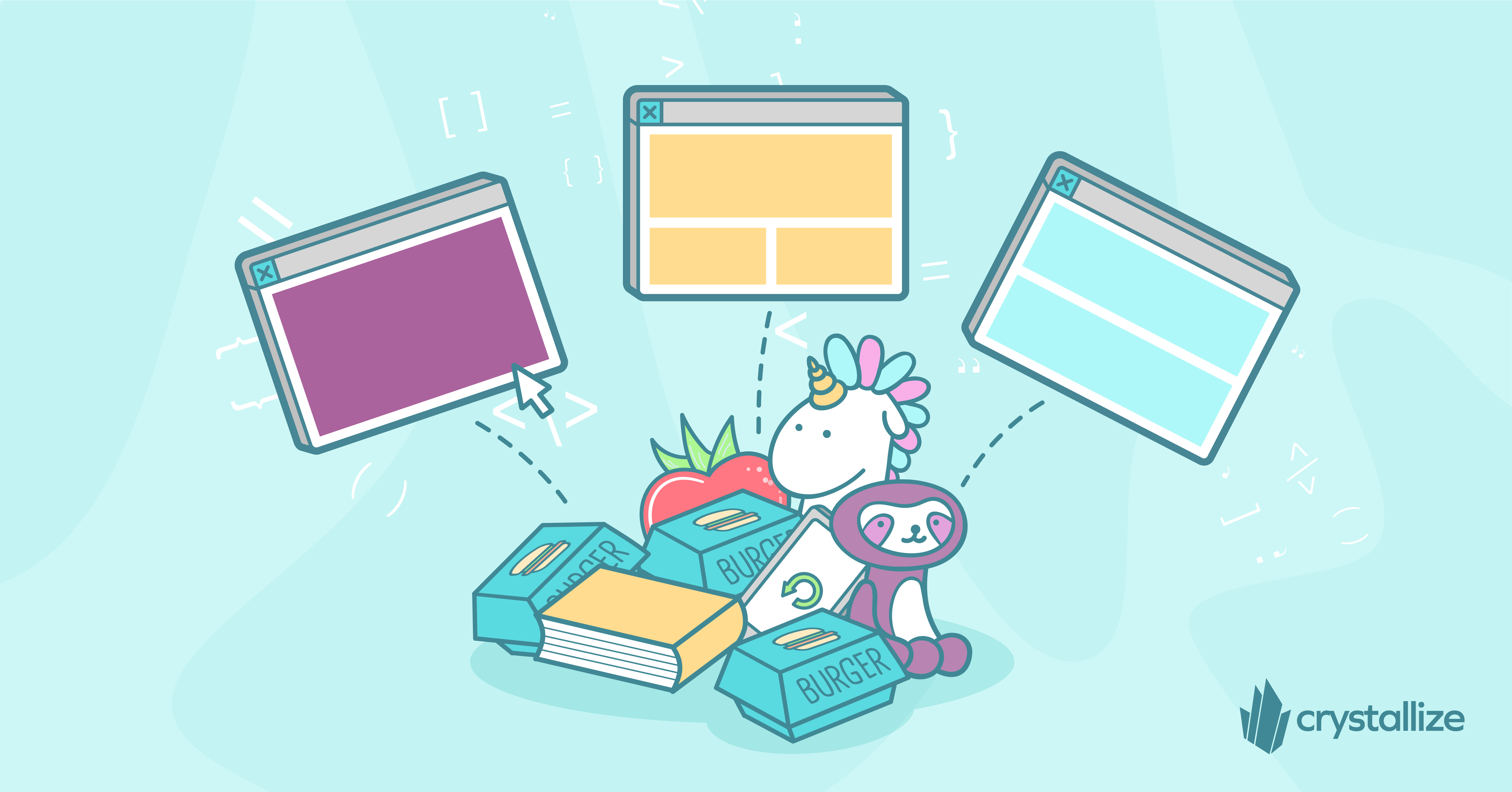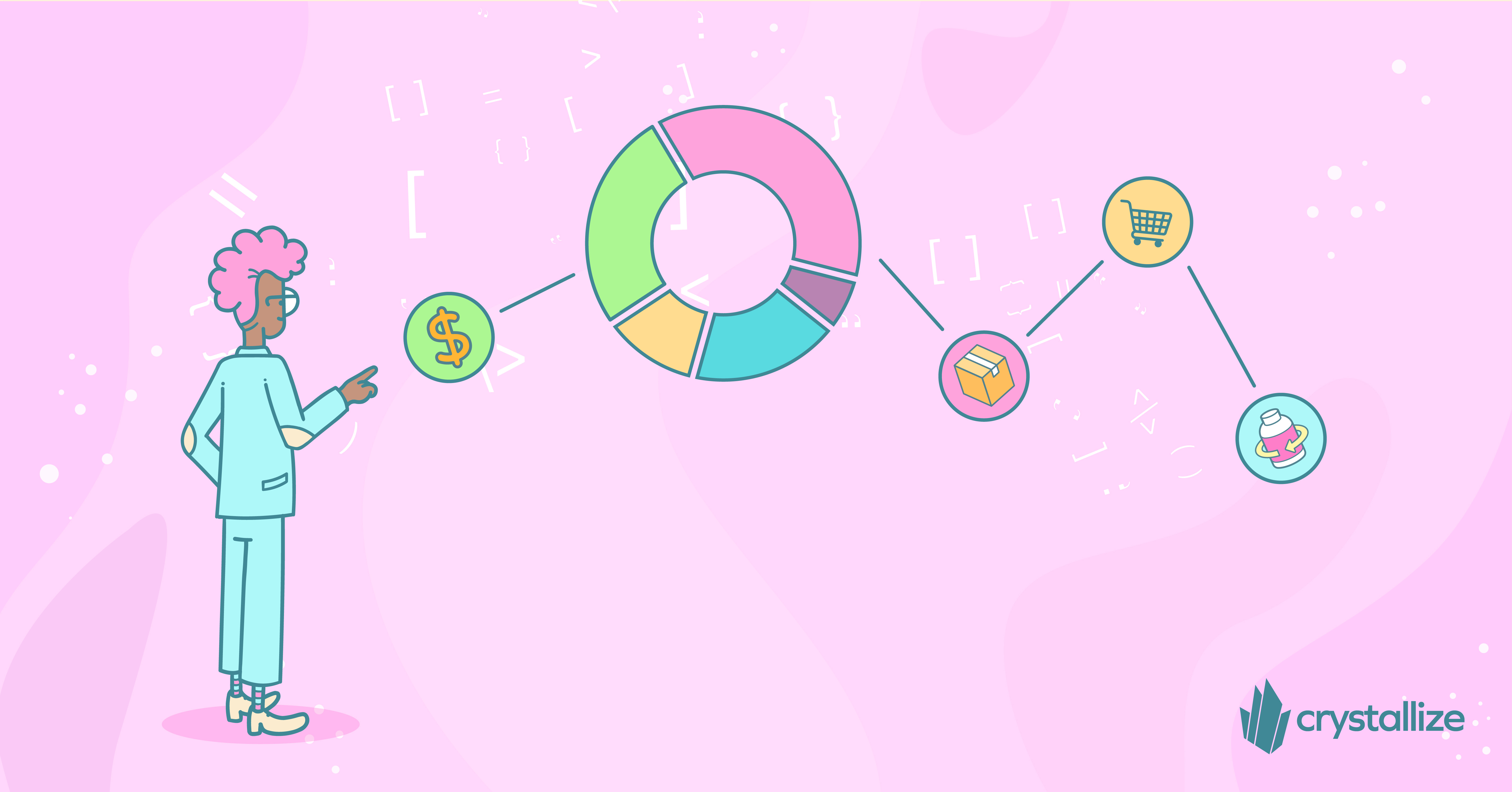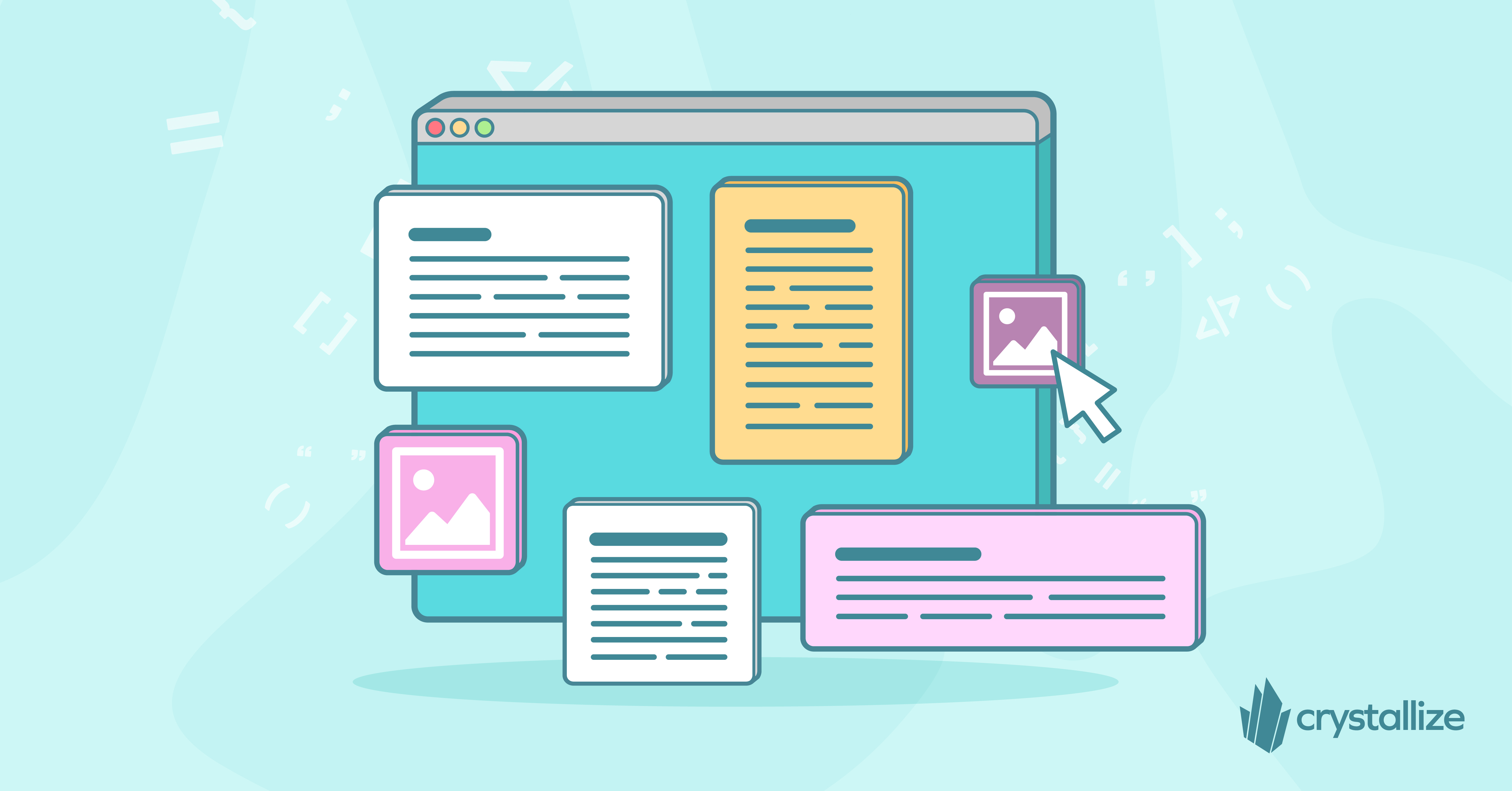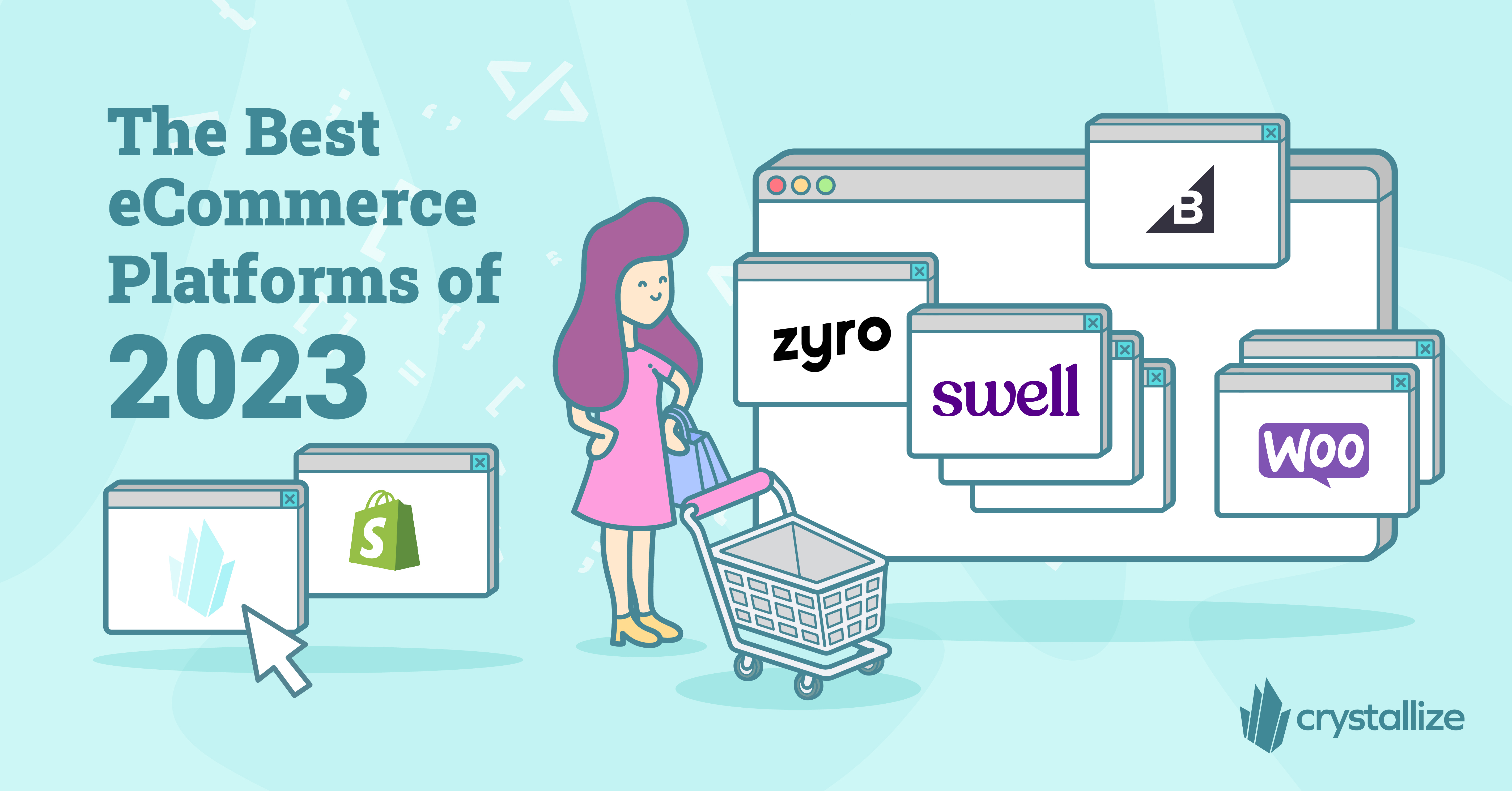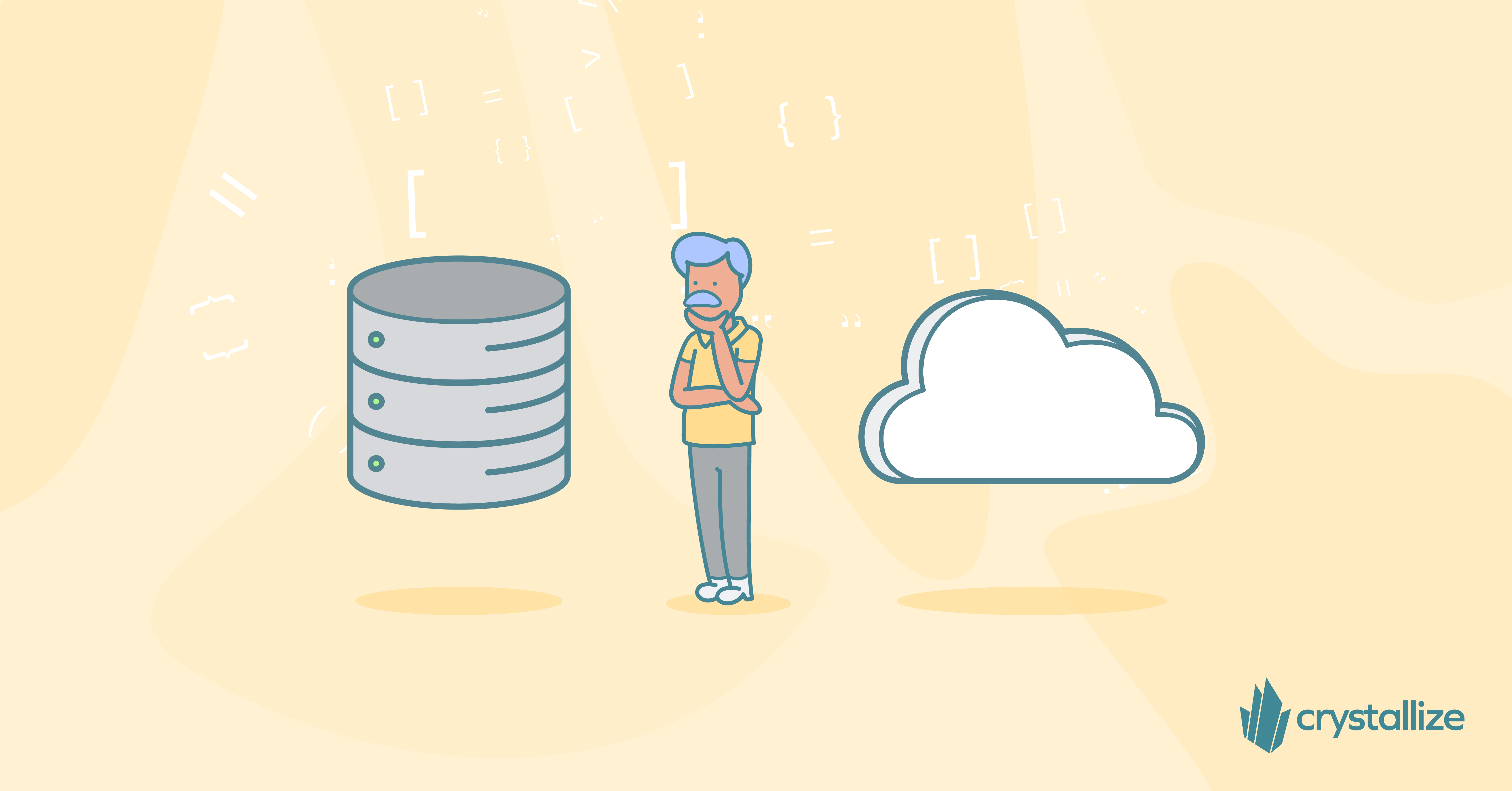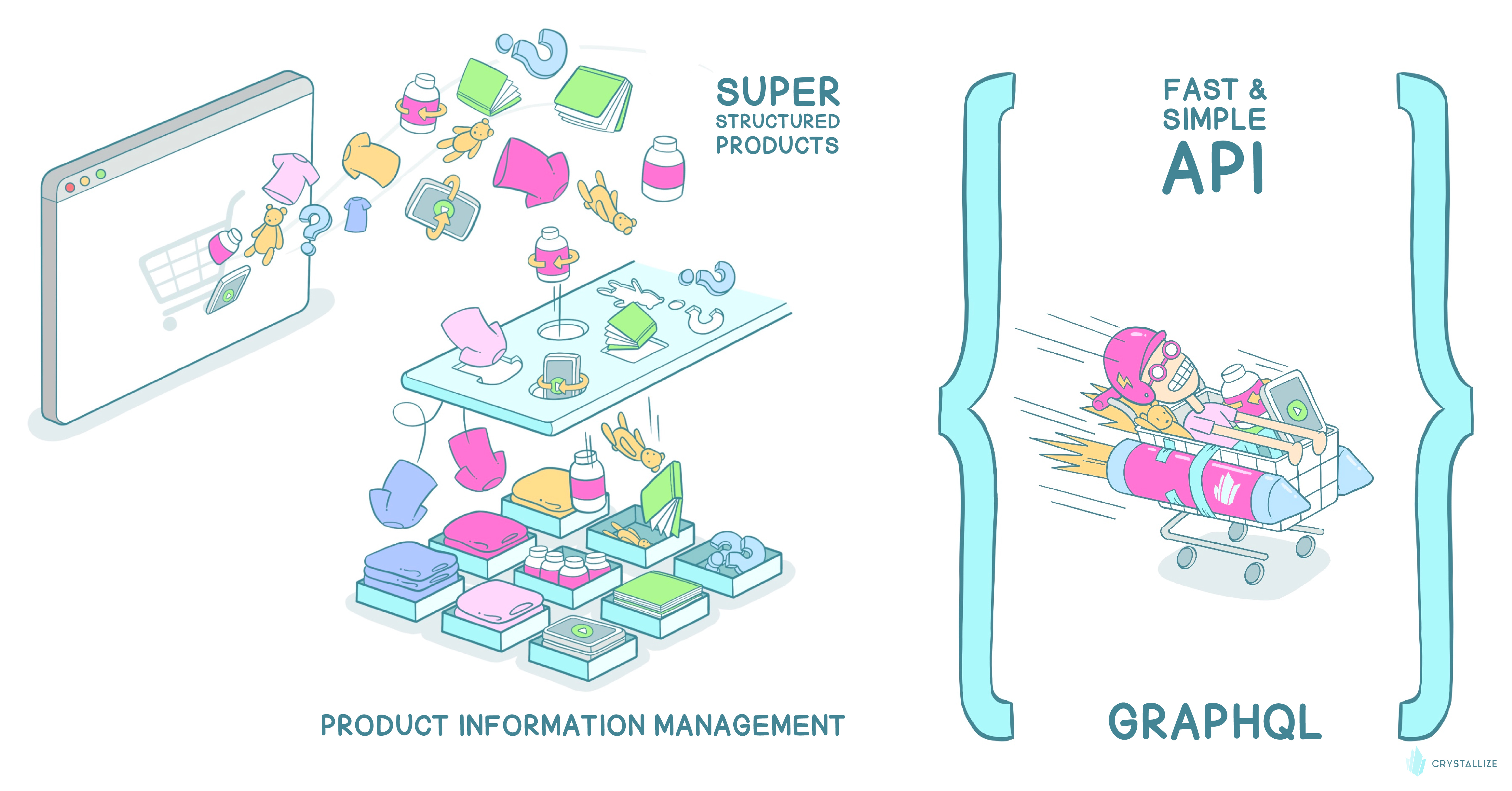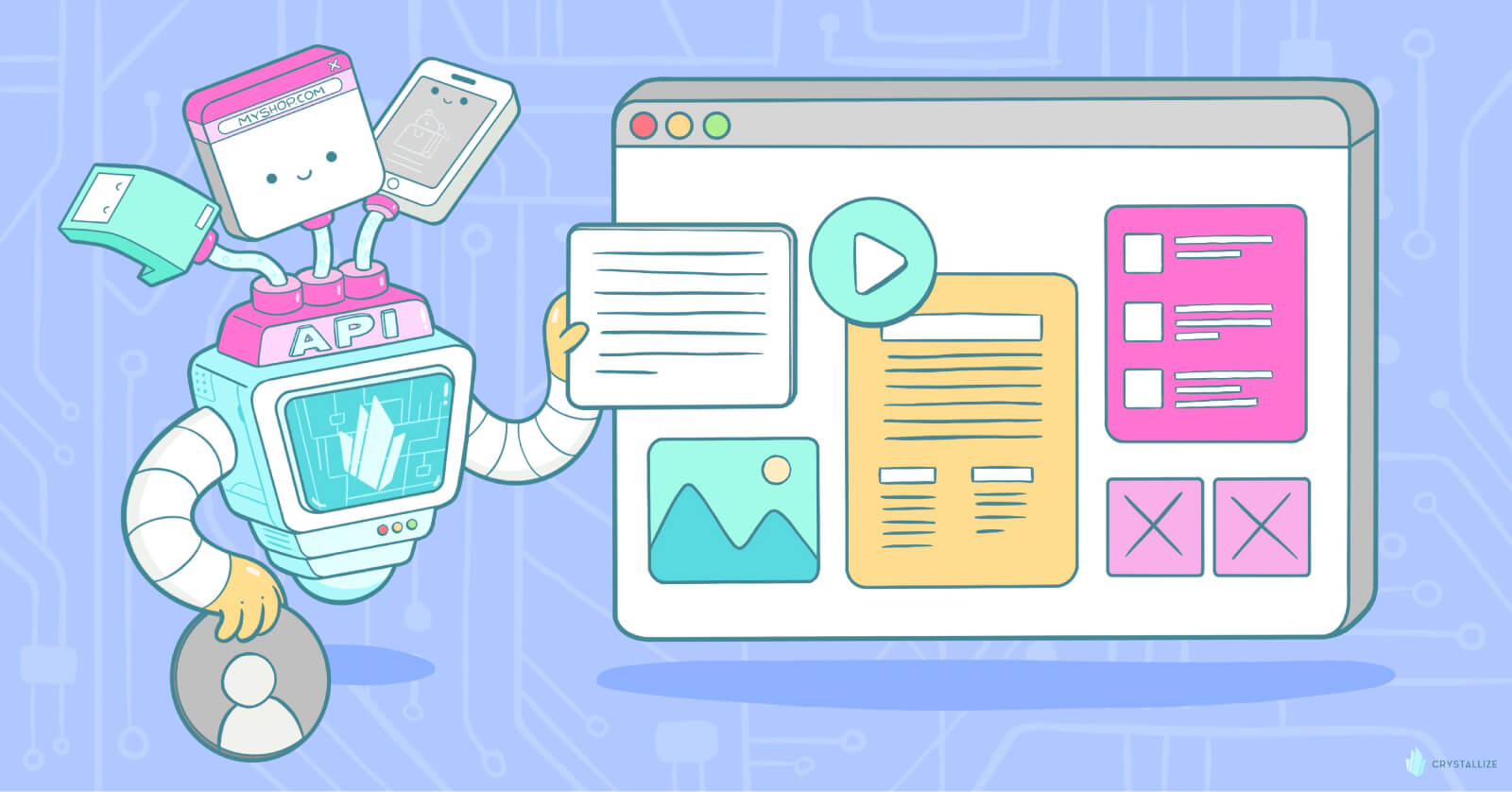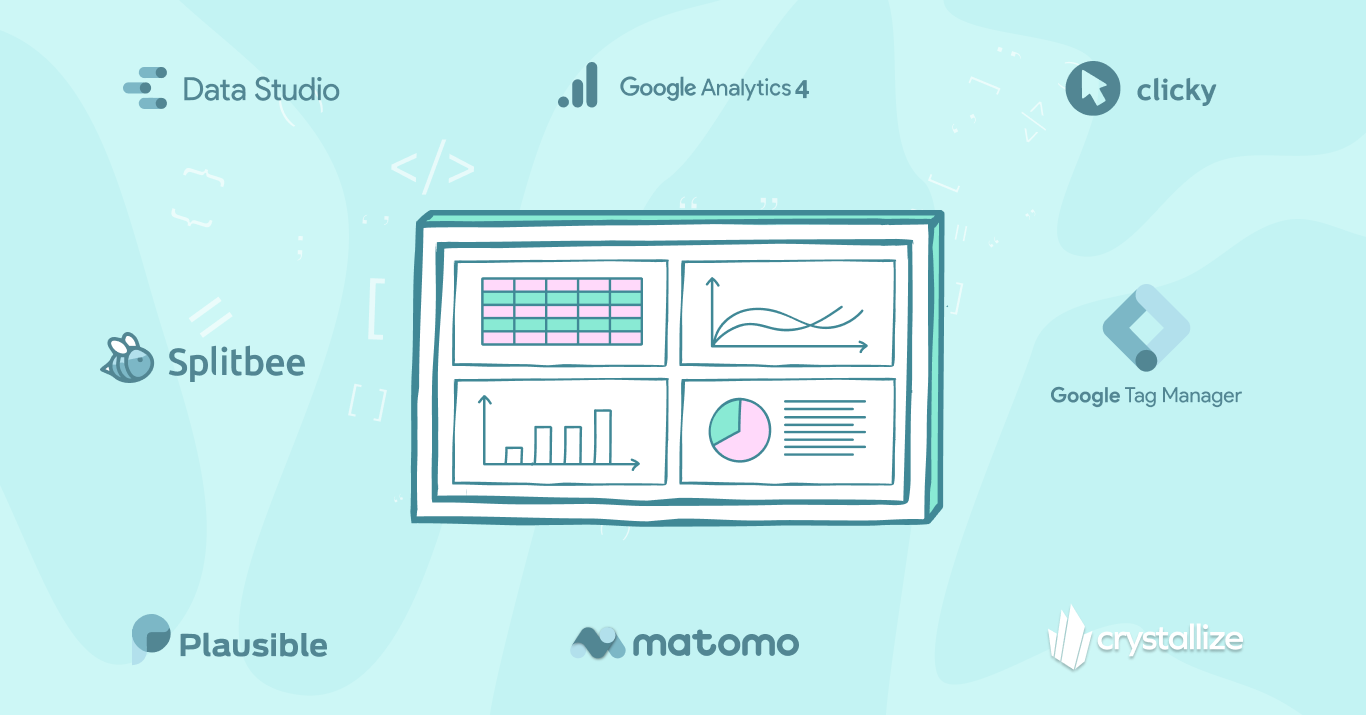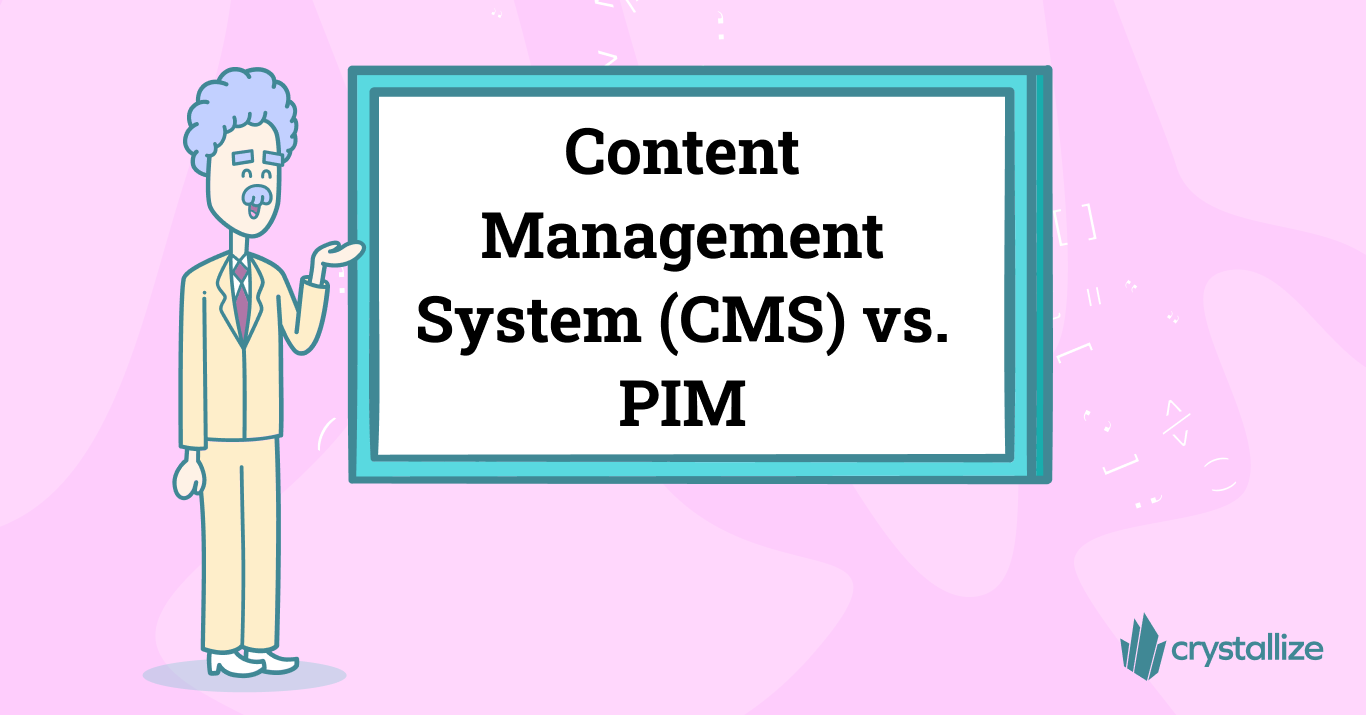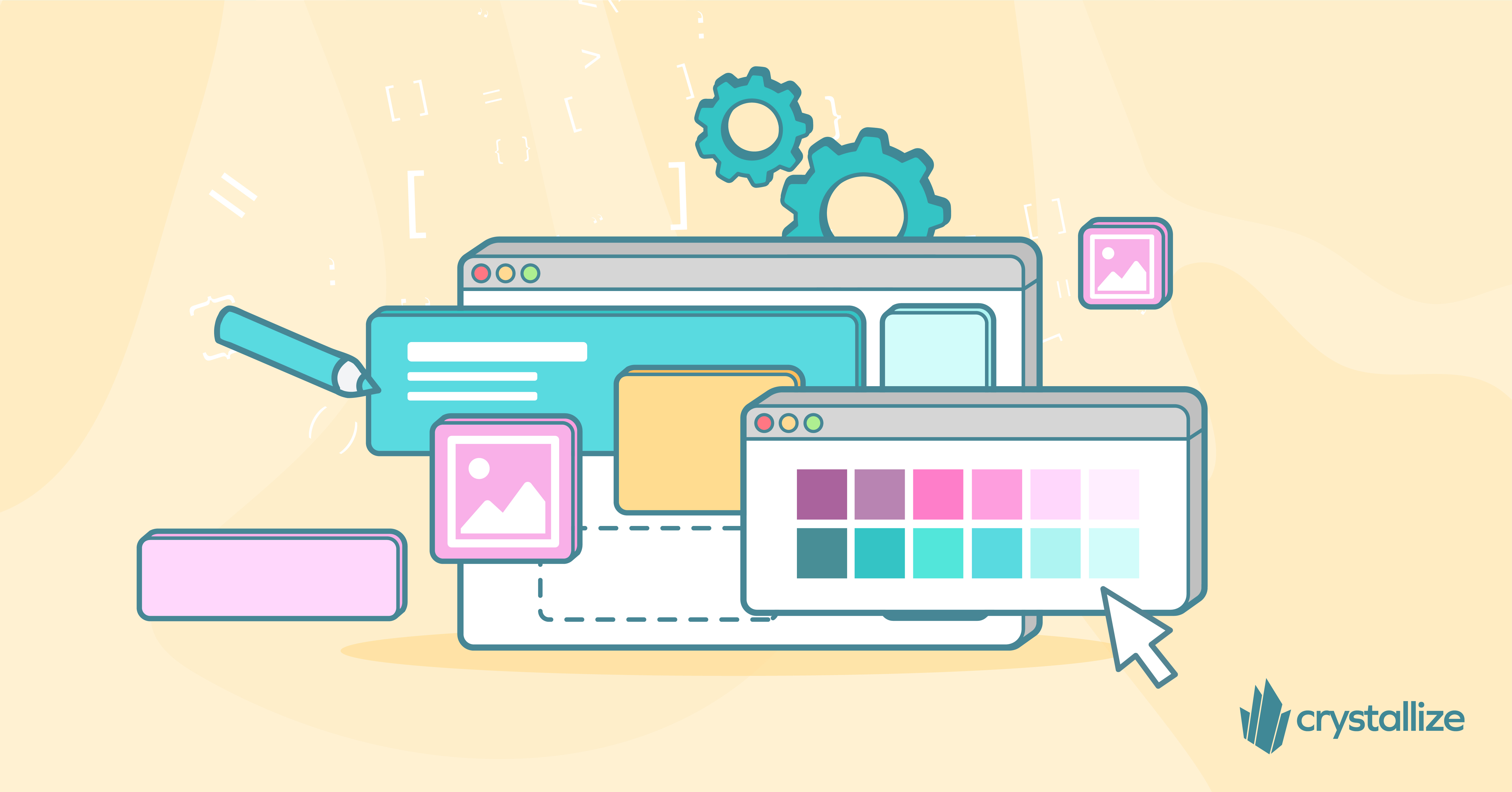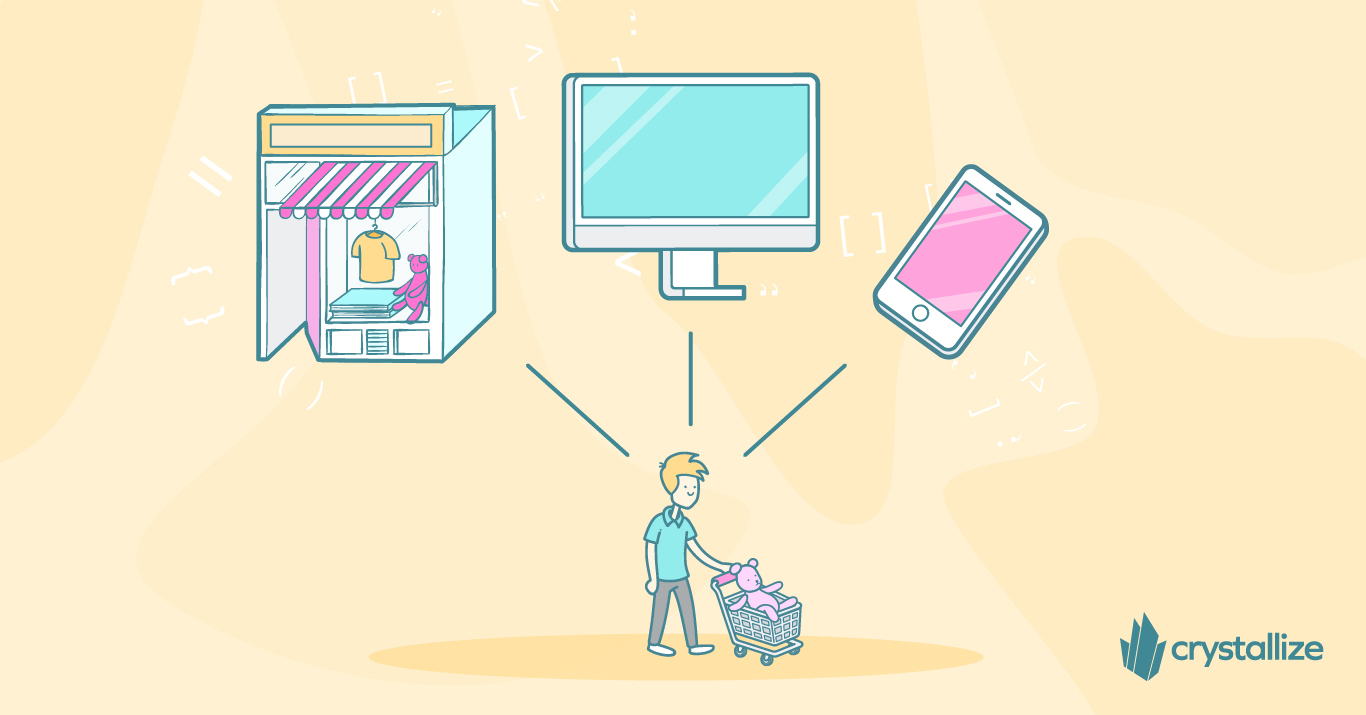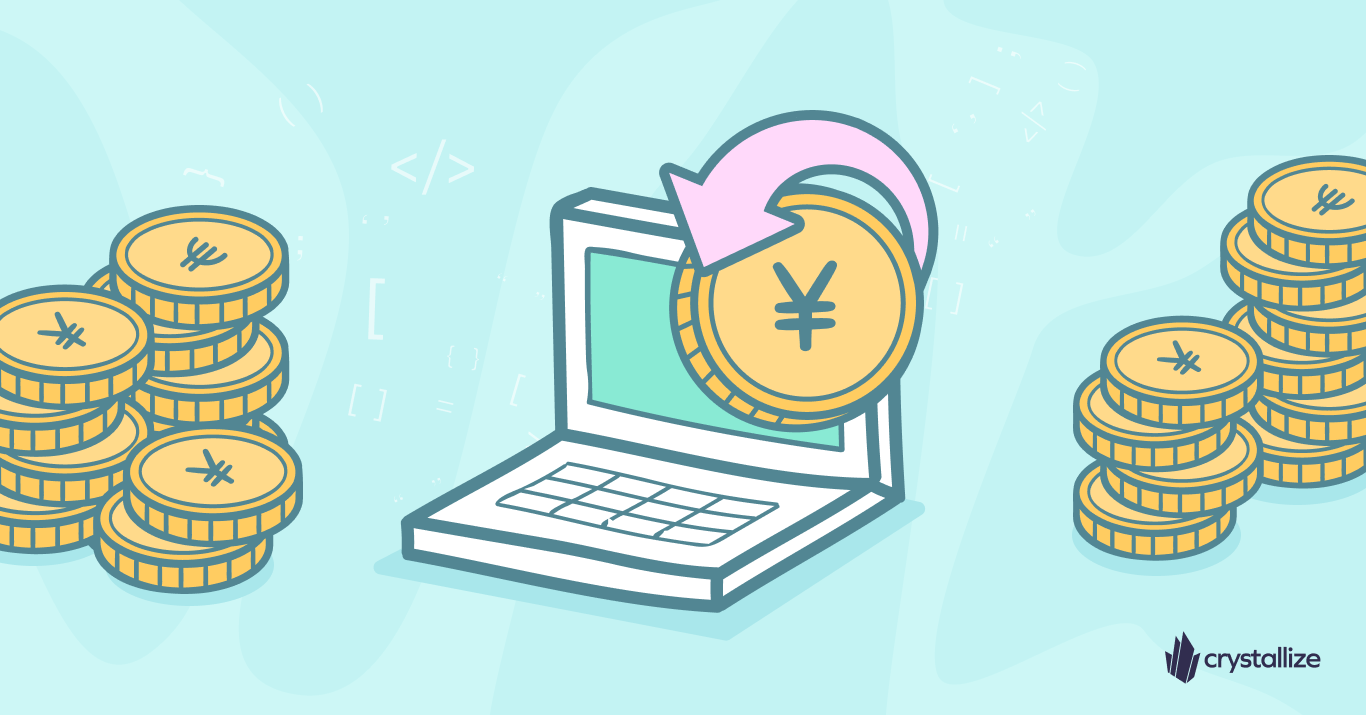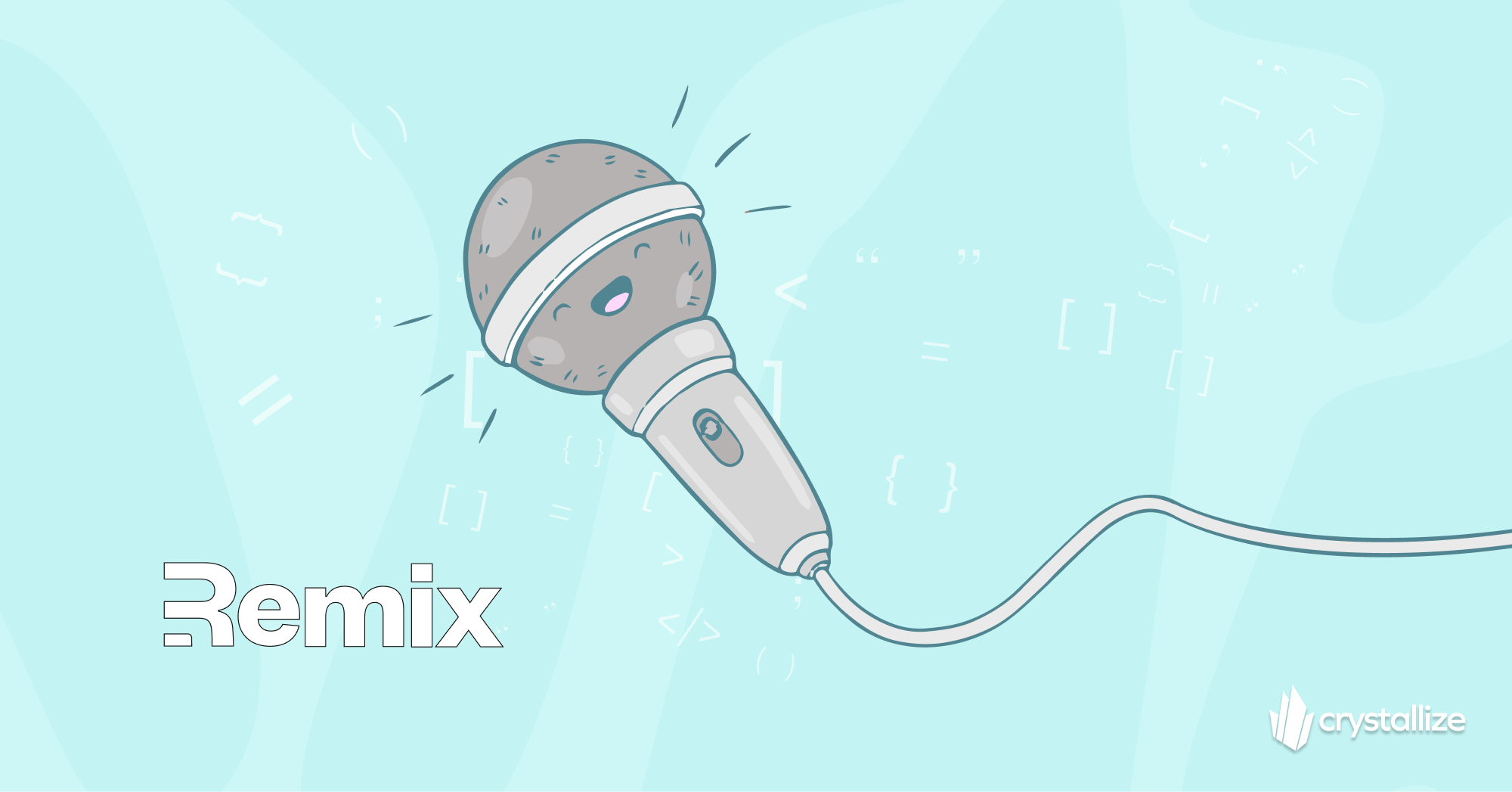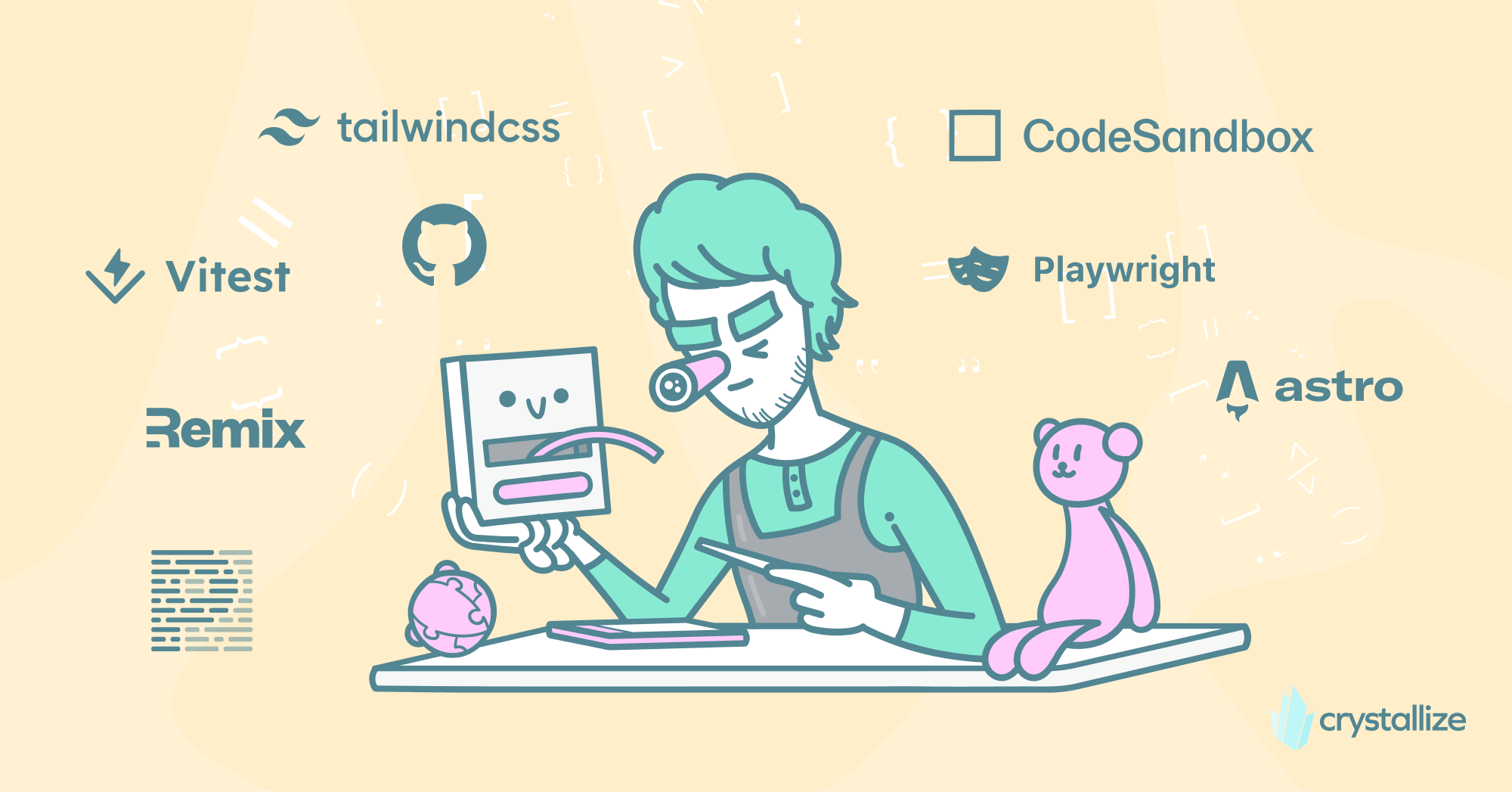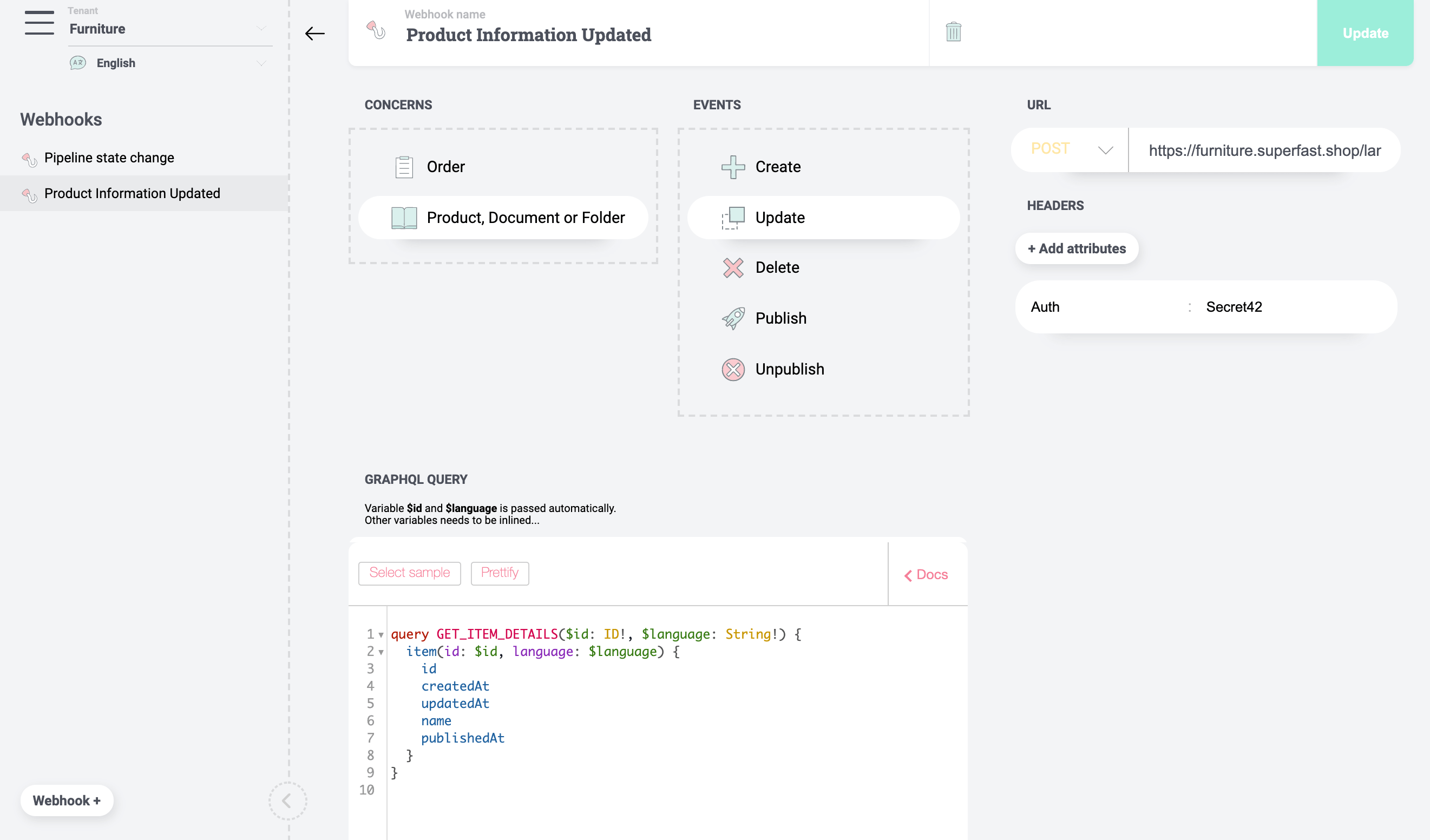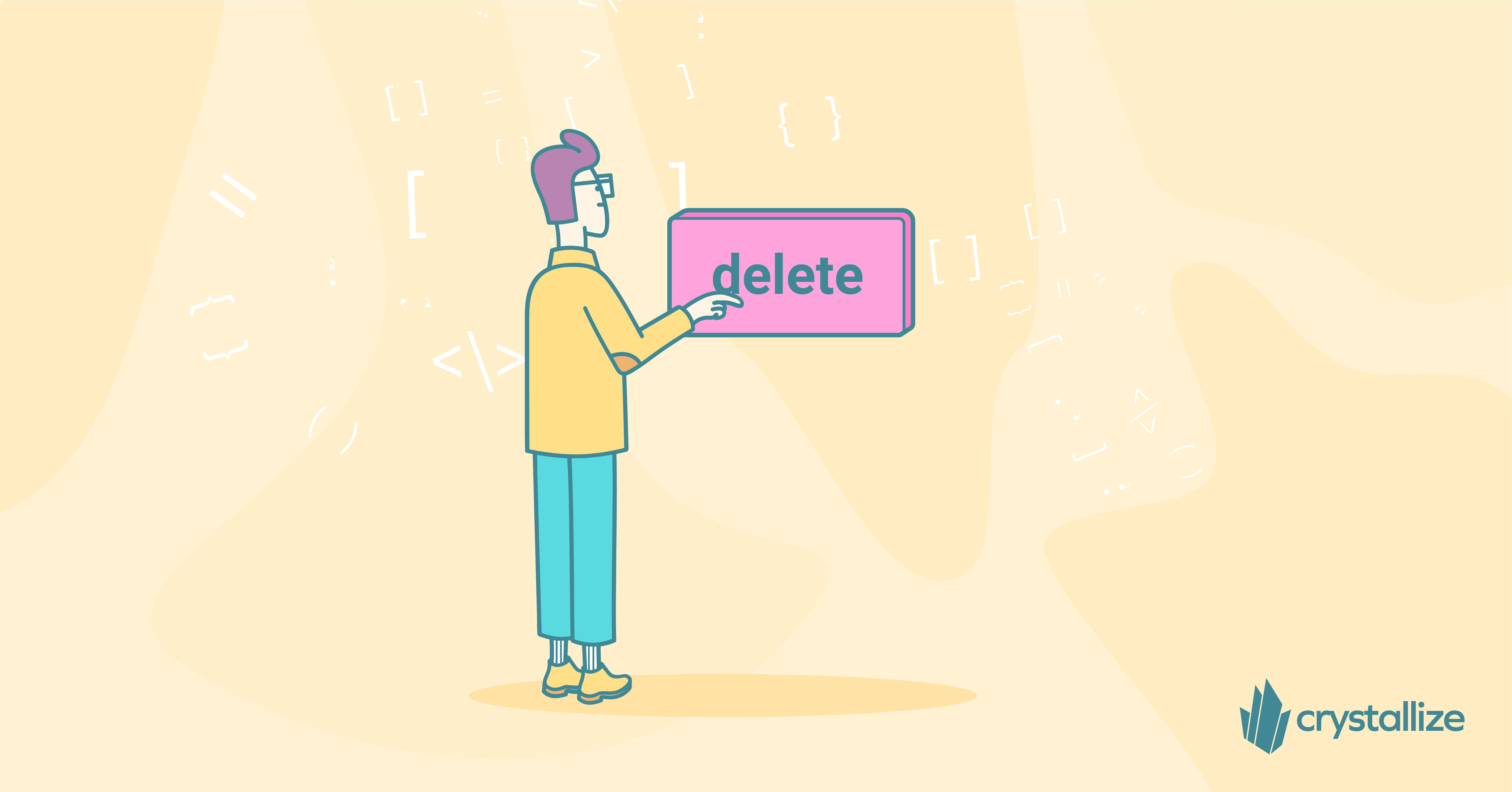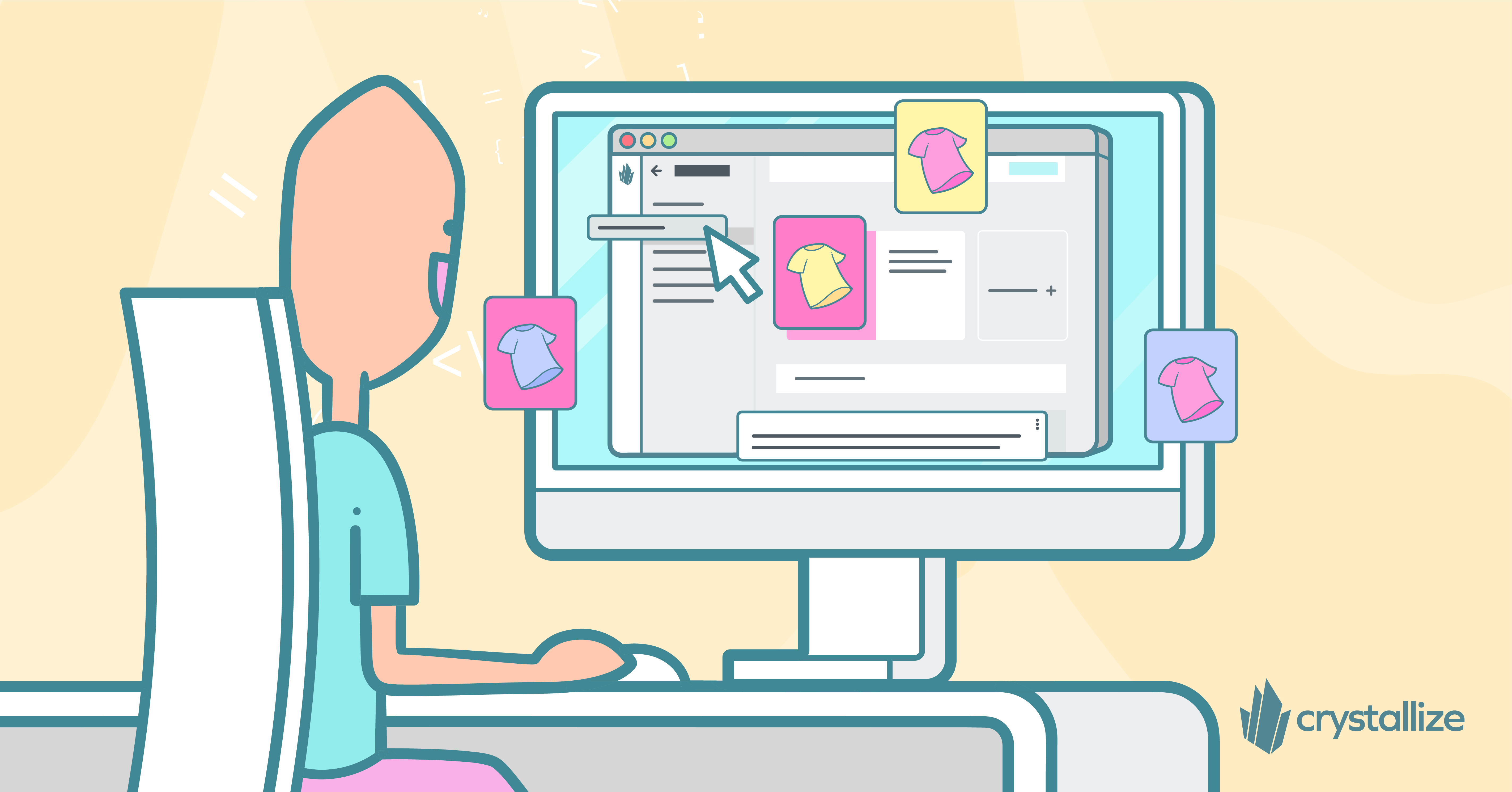Insights
React Based Static Site Generators in 2024
Gatsby might be out of the picture for many developers, but React and static site generators (SSGs) built on top of it are still gaining traction with front-end developers worldwide.
Navigating the Shift: A Business Guide to Replatforming / Migrating to Headless Architecture
The headless approach is eating the web dev world… There is a good reason for it. Traditional monolith eCommerce platforms (like WordPress, Wix, Magento, Shopify, Drupal, etc.) often limit customization and agility due to their tightly coupled front and back systems.
Headless architecture, on the other hand, allows businesses to use different technologies for the front and back end, providing the freedom to create unique customer experiences without being constrained by the limitations of a monolithic architecture. Additionally, it allows for a best-of-breed approach to building your online store, where you can pick and choose the best solutions for your use case.
For many businesses, the decision to re-platform to a headless architecture is a technological upgrade and a strategic business move because it offers opportunities for enhanced agility, scalability, and a deeper engagement with customers through bespoke user experiences. This, more often than not, means a loyal audience and, ultimately, more sales.
How easy/hard it is to migrate to a new CMS/eCommerce/PIM platform depends heavily on your starting point, i.e., do you have a platform, and are you moving from a monolith or headless solution?
No platform/CMS? This should be easy because you are building a new digital experience for your audience and your team from scratch, which means there are no pre-defined restrictions your team should know.
Moving from monolith solution? Migration depends heavily on the solution you’ve used before. Migrating to a headless architecture involves significant technical challenges, including the re-architecture of the existing system, integration of APIs, and ensuring that all components work seamlessly together.
Changing headless platform? Again, it depends on the solution. Decupled front and back ends mean you can quickly adopt the exact content modeling in your new setting.
Transition requires meticulous and strategic planning, considering various factors, including technological limitations, integration complexities, future growth prospects, and budget constraints, making it much more difficult than anticipated.
However, there are general recommendations that will help you map out migration steps more easily.
Frontend Performance Measuring, KPIs, and Monitoring
Core Web Vitals, LCP, Cumulative Layout Shift, FID, Webpagetest.org, Google Lighthouse, Pagespeed Insight, CrUX, or the latest one, Interaction to Next Paint (INP) —we're sure you've stumbled upon one of these in your quest to improve front-end performance.
But how do you measure performance? And why do you need to be data-driven and continuously monitor, optimize, and build a performance testing and optimization culture?
Let's explore that. Let's go millisecond hunting.
Harnessing the Power of Serverless eCommerce
The traditional eCommerce setup often entails substantial upfront investments in server infrastructure, complex management, and maintenance routines. Additionally, the rigidity of such setups can impede the scalability essential for handling traffic surges during sales events, thus affecting performance and user experience.
Serverless eCommerce emerges as a solution to these challenges, offering a new approach that significantly reduces operational overhead, enhances scalability, and optimizes cost-efficiency.
The State of Serverless 2023 report by Datadog underscores a rising trend in major cloud providers adopting serverless technologies. The global serverless architecture market, valued at over USD 9 billion in 2022, is projected to burgeon at a CAGR of over 25% from 2023 to 2032. Similarly, the global serverless computing market is estimated to grow at a CAGR of 20.8% from 2022 to 2028.
The statistics we mentioned above testify to the significant strides the serverless approach is making. It's (kind of) evident that if you haven't done so already, now is the time to delve deeper and enumerate serverless benefits, check real-world use cases, discuss technical considerations, and understand best practices for businesses eyeing a transition to this modern eCommerce paradigm.
But before all that we've got some term explaining first.
eCommerce Marketing Strategies to Increase Traffic and Boost Revenue in 2024
The global eCommerce sales for 2023 surpassed $6.5 trillion for all online products (source). What can we expect this year? Well, can't be sure about the exact number, but I feel it will only go up.
While this rapid growth means more opportunities, it also means tougher competition where only the best make it. I've read somewhere you need to sell where everyone scrolls, searches, and shops. It's only partially true because you need to sell where YOUR audience is scrolling, searching, and shopping, not everyone.
How do you do that?
I'm glad you asked. With an effective marketing strategy that helps your businesses increase brand awareness, drive traffic, generate leads, and ultimately boost sales and revenue.
That's easier said than done🤔
While it is never good when you have to explain why you are doing something, this article (kind of) deserves it because it has been in the making for quite some time and comes as a sum of conversations with our clients and my personal meandering past and present experiences. The article is tailored for emerging eCommerce ventures and seasoned brands aiming to enhance their digital footprint. It's crucial to acknowledge the unique nature of each business, which means that not all strategies discussed may align with your specific business model and use case.
The key takeaway for you is to use this article as a starting point for developing a strategic framework that will help your business increase website traffic and elevate revenue.
B2B eCommerce: More than a Trend in 2024
The B2B eCommerce sector is undeniably booming, marked by an exhilarating growth trajectory. As of 2021, different sources have reported the market size ranging from USD 2.3 billion to a staggering USD 7.35 trillion, with a projected Compound Annual Growth Rate (CAGR) varying from 17.48% to 29.3% for the coming years.
One notable driver of this growth is the swift ascendancy of manufacturers in the eCommerce arena, who amplified their online sales by 18.4% in 2021, reaching $543.25 billion from the previous $458.7 billion.
The fervent expectations of B2B sellers further underscore this upward trend, as nearly 20% anticipate their eCommerce sales to burgeon by at least 25% in 2023.
B2B eCommerce is not just a modern-day convenience; it's a strategic imperative for businesses aiming to secure a competitive edge in today's digital-first marketplace.
But is it an approach for your business?
APIs vs. Microservices: What's The Difference? and the Benefits
You've probably heard the terms APIs, and Microservices used when talking about web development. What are they? How do you use them, and what is the difference between them?
3D Visual Product Configurator Accelerator
Accelerate your product configurator development. This boilerplate enables visual shopping experiences with complex products. Powered by Crystallize and CharpstAR and wrapped in the frontend framework Next.js, this open source gives you a foundational immersive shopping experience. You can check out the boilerplate live in our running product configurator demo.
Headless Commerce: A Complete Guide to the Future of Online Selling
New sales channels appear every day. Instagram now has a shopping tab, WhatsApp is getting one, TikTok is jumping onto the eCommerce wagon, and purchasing groceries from your smart fridge has become a reality. If your online store is your only sales platform, then you’re seriously missing out.
Yes, we get it.
First, it’s creating content for your website. Then, it’s creating content for mobile. It’s creating social media sales channels, smartwatches, and other IoT devices. Moreover, the number of these will only increase in the future.
And who has a team that large? Not many! But hey, that’s why you’re here because this is where headless commerce shines.
Headless commerce and headless architecture have gained much traction lately, so the market for headless commerce is projected to expand to around USD 2.2 billion by 2023. Over six in ten retail companies plan to migrate to headless commerce platforms by 2024, while over 20 percent already use them (source: headless commerce stats 2024).
Headless Commerce Statistics for 2024
Are you considering going headless with your project/business? Good🤘
The headless commerce surge continues redefining the eCommerce landscape, offering enhanced flexibility, better performance, and tailored customer experiences. However, getting all stakeholders on board with the idea of adopting headless architecture (or rather moving away from known monolith solutions) is not always easy.
To help you plead the case to your team, we did in-depth research on the current state and trends in adopting headless and gathered statistics that underscore the momentum headless commerce is gaining. We'll lay it all here and let you asses and interpret the stats.
Let’s dive in!
Product Information Management Platforms in 2024
In the rapid and ever-evolving world of eCommerce, keeping a grasp on product information is imperative for businesses to thrive. Product Information Management (PIM) platforms are at the forefront of this endeavor, offering companies unparalleled organization, efficiency, and scalability.
The 21st-century consumer is discerning and well-informed and demands immediacy with a personal touch and feel while navigating seamlessly between online and offline channels. For businesses, this means maintaining an accurate, updated, and consistent database of product information is a must, and this is becoming an arduous task, especially for enterprises with vast product portfolios spread across multiple channels (we really did not want to say Excell sheets 🫨).
eCommerce Business Models: Types, Selection, Revenue, Examples
The eCommerce space is animated with various business models, each with its unique set of advantages, challenges, and requisites, making it hard to identify which is the best fit for your use case.
What follows is a mish-mash of research, dry definitions, suggestions gathered from our clients, and our in-house and world-famous brand examples in an article to help you make that decision a little easier.
Product Storytelling in the World of Headless Commerce
Have you ever wondered why certain products make such a lasting impression? What separates Apple from any other tech brand or Starbucks from any other coffee shop? The secret lies in their stories. And guess what? You don't have to be a renowned brand to leverage this power.
Rich storytelling is the core of Crystallize headless commerce. Re-imagine eCommerce and a case study of a project that brought Crystallize to life are all about product storytelling. After all, Crystallize is conceptualized as a single source from which you can tell the story behind your brand and product with ease and build a stronger customer experience by inspiring and informing your audience on every channel of interest (resulting in higher conversion rates, a more sticky customer experience, and fewer interactions via customer support of course).
Every product has a story; it's all about how you tell it (and who's backing your efforts).
Benefits of Using GraphQL for Your eCommerce Business
To begin, it's essential to make sure we understand what GraphQL is. It's a technology developed by Facebook in 2012 to address their issues with mobile platforms. One of the technologies they were trying to use, REST, was not performing well in their particular setup, so they decided to replace it with a homegrown solution. GraphQL was the result. A few years later, the GraphQL specification was made open-source so that anyone could potentially benefit from it and contribute to it.
GraphQL is a query language for APIs (application programming interfaces) and a server for executing those queries. APIs are the means by which computer programs communicate with each other to exchange and manipulate data.
REST is the most-used API architecture by far (as Postman's recent API report shows | graph is below); however, GraphQL adoption is on the rise, and many already are using it in place of REST to facilitate communication with all the different APIs that an application may have to talk to.
Structured Content: The Key to a Successful Website
According to Semrush, 50% of brands are still not using structured content. This means that the content a half of businesses out there create isn't reaching relevant people or at least isn't doing it nearly as successfully as it could be.
The online world is more crowded and competitive than ever, making it difficult to stand out and get noticed. And don't get us started with AI stuff that is published/made at a staggering rate. On top of all that, your audience's expectations are higher than ever: they want personalized, relevant, and engaging content everywhere they go online.
All this is made possible with structured content.
Structured content enables you to do more with your content. Not only does it enhance the user experience by providing precise navigation and consistency, but it also improves search engine optimization (SEO) by increasing relevance and improving ranking.
Implementing structured content on your website is becoming a crucial step to drive traffic, engage users, and achieve online success.
But first …
The Best eCommerce Platforms of 2023
Gartner magic quadrant view, business expectations, industry leaders' opinions, most popular solutions… best of articles come in all shapes and sizes. This one of ours about eCommerce platforms is a bit different… we hope.
Decoupled eCommerce: The Future Trend That Is Already Here
More than a buzzword, decupled eCommerce is the future of online shopping that is already here. Let’s talk about it.
Monolithic Applications vs. Microservices
More and more businesses are relying on cloud-native microservice apps to increase development speed and take advantage of the cloud's scalability and availability.
On-Premise vs. Cloud PIM: Which is Right for Your Business?
On-Premise and Cloud PIM, the benefits, the differences, and drawbacks of each, with examples of PIM platforms for both.
Static Website Hosting Platforms in 2023
Netlify, Vercel, Platform.sh … the static website hosting landscape has changed significantly in the past few years and is only getting better.
The Future of PIM is on the Edge
Edge computing makes it possible to deliver and process data even closer to end-users today, and businesses are slowly discovering the potential it offers.
What is PIM, and How Does Product Information Management Work?
PIM is your centralized product information system from which the product data is distributed to all relevant stakeholders, teams, and sales channels.
Product Information Management Done Headless
A headless approach to PIM means having a service ready to manage product information in seconds. Product information and content are delivered via an API. No templates, no web pages, only structured content. Pure developer bliss.
Headless CMS Explained and Why You May Need One?
In the simplest possible terms, a headless CMS is a backend content management system (CMS) that exists independently of the front end - the presentation layer.
Modern eCommerce Web Development
With the number of available tech solutions, tools, architectures, and approaches to web development today, it is easy to get overwhelmed when choosing the one for your online store.
Google Analytics Alternatives
With just a couple of months before G sunsets Universal Analytics for GA4, I’ve wondered if there are any Google Analytics alternatives you might want to move to.
PIM vs. CMS: Which One Do You Need?
When it comes to managing digital content, there are two main types of systems that professional businesses use (oftentimes together): Product Information Management (PIM) systems and Content Management Systems (CMS).
Development and Design Trends In eCommerce
Headless, composable, API-first, Remix, UI or UX-driven design, etc. Tracking development and design trends in eCommerce is both tough and rewarding at the same time.
Introduction to Multichannel eCommerce (+ Top Solutions)
Wondering if a multichannel approach could help you increase sales in 2023? Wonder no more, your hunch is correct: multichannel eCommerce will help you reach those goals.
Omnichannel Marketing Guide for eCommerce
In today's society of continuous technological innovation, consumers expect businesses to have a strong omnichannel strategy: they demand highly relevant and customized interactions across various platforms.
Jamstack Conf 2022
Crystallize #jamstackconf2022 story. In short: “I had a blast.”
Next JS 13 Announced
I am sure that the dev community is going to talk about the Next 13 in the upcoming weeks extensively, so this post is more about my first impression from the perspective of Crystallize users. Bare with me, will ya!
What Is Product Taxonomy?
A great product taxonomy improves your customer user experience and how they find the right product they need much easier and faster.
What Is a Static Site Today?
There are numerous approaches to developing a web application that is performant. Going the static site way is just one of them. Pause here. What do we/I mean when we/I say static sites?
Return on Investment (ROI) of Headless Commerce
The benefits and competitive advantages of headless commerce are many. When done right, of course. Let’s look at some of the primary advantages that a proper headless commerce buildout can provide.
Word-of-Mouth Marketing In eCommerce
Raw, uncontrollable power. That’s what word-of-mouth is. Word-of-mouth marketing is what you do to create that power.
Frontend Frameworks in 2022 for eCommerce
The frontend frameworks ecosystem is booming so much that finding the right one for your online business/store has become challenging (at best). We’d love to help. This post is all about that.
Is the Subscription Model for Your Business?
A regular, monthly influx of revenue from faithful customers? Who wouldn’t want to get in on that?! But how do you know if a subscription model is a right approach for your business?
Remix Conf 2022: The Overview
So RemixConf2022 happened last month. Remix Run is on fire. This tool/framework is the key to Frontend performance with its progressive unique approach. During the conference we’ve learned a lot about Remix, from its core concepts to navigation through the state machine, forms, HTTP cache, and more, and all transparently degraded when Javascript is off!
But let’s start from the beginning.
Essential Frontend Web Development Tools
Developing web applications has never been easier and more enjoyable. The open-source communities are building more and more tools that enable us, developers, to become more efficient and improve the overall developer experience (DX). Now the question becomes: which are the essential web development tools to pick in 2022?
Omnichannel Commerce Explained
Omnichannel commerce is all about meeting your customers where they feel comfortable shopping - and with just the right information.
Product is Content
It was 2006 and eCommerce was the wild west. You don't need much of a history lesson to remember how Shopify entered the market.
The Rise of B-commerce: Modern Stacks for B2B eCommerce
Why does only B2C eCommerce tech have all the shiny toys? Well, this is about to change.
Subscription eCommerce: The Ultimate Guide
Subscription ecommerce business models have seen fantastic growth in recent years. With Crystallize being at the forefront of it, now is the time to dive into the ins and outs of starting, running, and scaling an eCommerce subscription business.
The Future of eCommerce: eCommerce Trends To Watch For In 2022
A different, heavily opinionated look at the future of eCommerce. Let’s talk about the eCommerce trends like owned channels, community building, sustainability, App commerce, and B2B commerce that I think will dominate 2022.
Site Speed Affects Adwords Pricing
We've talked lengths about site speed and performance affecting your search engine ranking and organic traffic but did you know site speed affects Adwords pricing and ranking as well?
How Site Speed Affects SEO & Google Rankings (With Data)?
Site speed matters we know that. But how does speed affect your SEO efforts and, ultimately, ranking? To figure that out we did a Monstera Obliqua identification and care keyword test project.
Engaging Online Shopping Experiences with Video
Creating a seamless and engaging on-site customer experience is the ultimate goal for everyone running an online store. Besides your product/service, your store performance and product videos ensure you get the much-needed attention.
Black Friday eCommerce Should Not Mean Waiting in Line
It makes no sense, but it is true. The reason for waiting in line is that many online stores are running on outdated technologies that simply do not scale, like Elkjøp in Norway or Jeffree Star.
Testing One Million eCommerce Orders Per Hour
How fast and well your website can handle serious amounts of simultaneous order placements can make or break businesses. It depends on your chosen ecommerce platform, of course. So we tested ours.
Reimagining eCommerce: the Story of Crystallize
Instead of building a better PIM, CMS, eCommerce, or order management service, we wanted to design an API layer you need to market and sell your products on any channel, at any scale, and in any way you want it. A perfect product story engine, if you will.
Google Page Experience Algorithm and Updated Search Console
Google is updating its ranking algorithm in June of 2021 to include the page experience scores. The goal is to reward websites that have a great page experience and to put extra pressure on slow websites. In short, you get better rankings in organic search and pay less for Google Ads if you score well in-page experience. Core web vitals will then be part of the page experience score.
Buy Commodity and Build Innovation
There is a shift in the way we buy and use the software. Most software is today rolled out as API services using a saas business model. Basically democratization of technology. You get full access to all features and pay for usage. No feature differentiation based on size. By creating a best-of-breed headless stack you can achieve a bigger focus on innovation rather than building and maintaining commodity services.
Long-form Storytelling for Engaging eCommerce Experiences
You can use long-form storytelling to increase engagement by creating authentic experiences. Learn from Patagonia and The New York Times how to build trust and grow your online audience. Emotional stories that inspire are more likely to be shared and, if you are lucky, even go viral. We have created an open-source eCommerce boilerplate to get you started with long-form storytelling.
Event Driven eCommerce Orchestration for a Jamstack Frontend
With site speed becoming an important part of a customer experience making sure that the number of backend requests during runtime has become important.
Better Developer Experience with GraphQL
GraphQL delivers a better developer experience with a self-describing API, query and mutation input validation, and a single query to your backend that returns exactly the data you need. This is why we based our fast ecommerce API on GraphQL.
Why we Killed Our REST API in Favor of GraphQL?
REST vs. GraphQL dilema from the perspective of a eCommerce platform. Both sides have pros and cons, but here is what moved the needle for us.
Why a Designer and an Illustrator Were the Two First Hires in My New Software Venture?
With starting my new software venture, Crystallize, I hired a designer as employee number one the second was an illustrator. I wanted to front-load focus on design, user experience, visualization, and content strategy and not have that being an afterthought. Here is why.
GraphQL Is Ideal to Query Structured Product Catalogs Fast
The product catalog (PIM) is the heart of any eCommerce solution. With Crystallize, we've based our APIs on GraphQL. We wanted developers to have freedom and flexibility when building their user interfaces without having a backend that slows them down.
